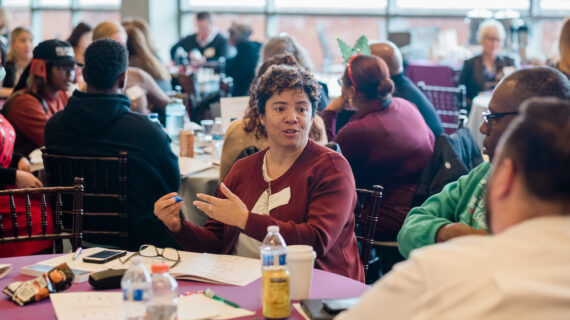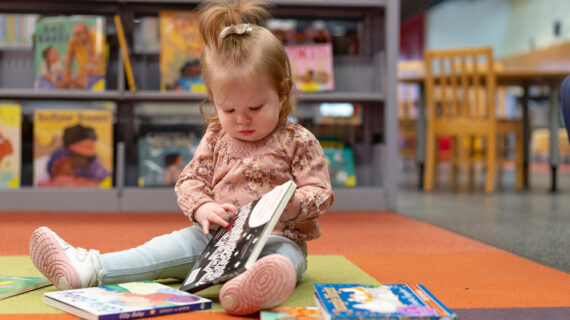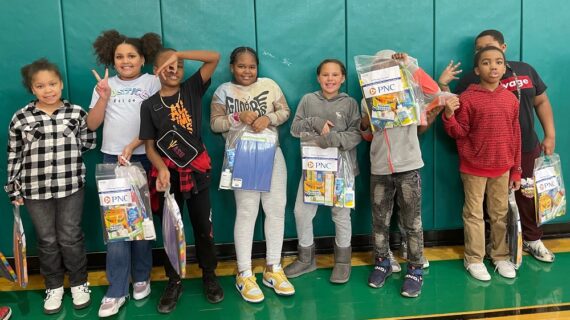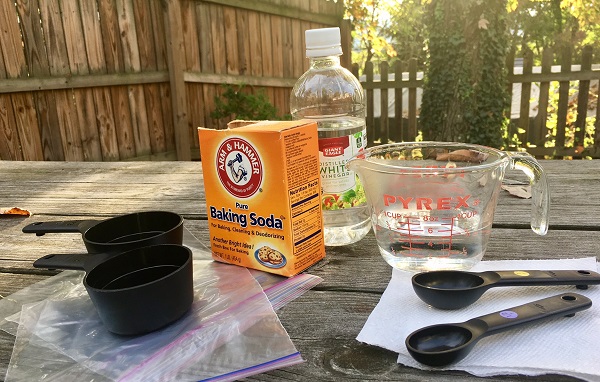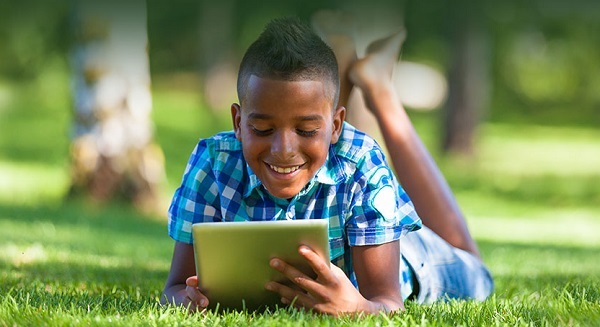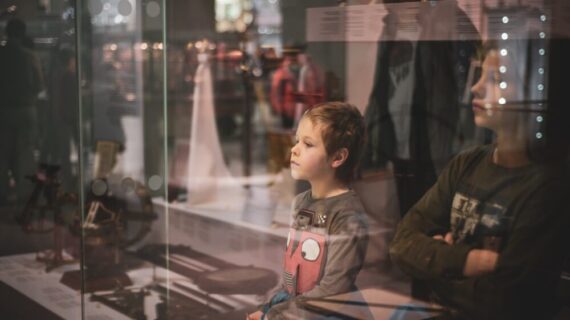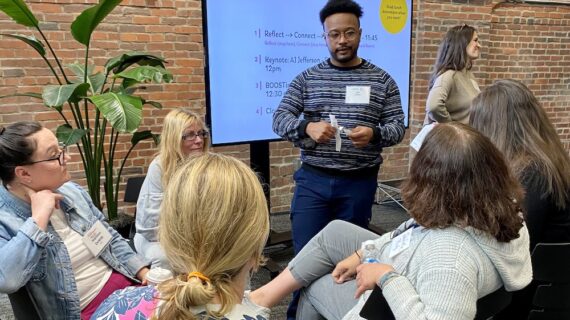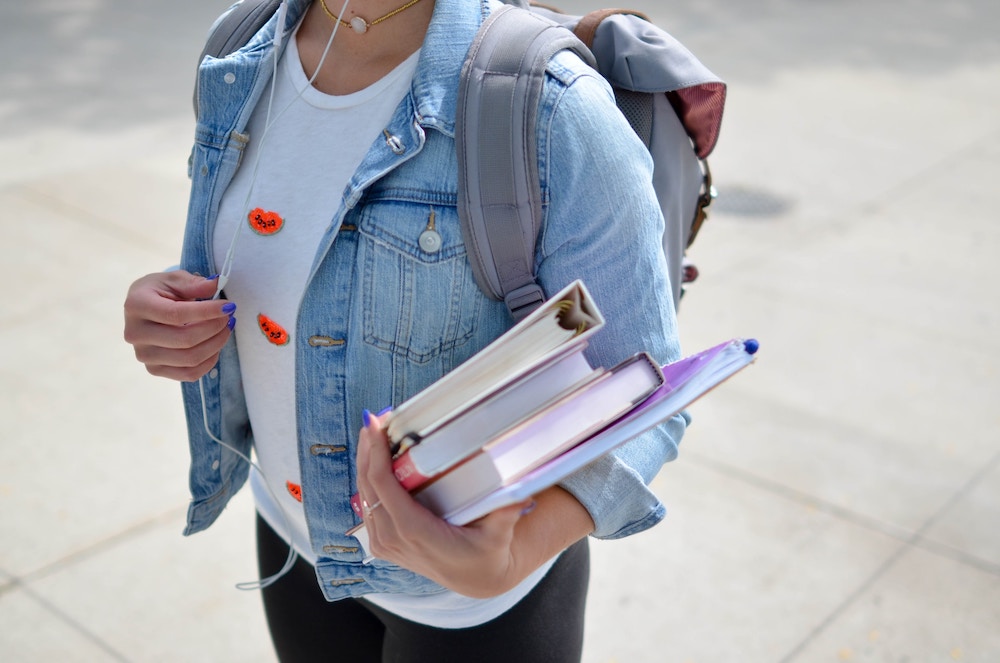
Back-to-school guide: 5 great ways to get kids ready for learning this year
Photo above by Element5 Digital on Unsplash.
Back-to-school season is here, and there are some easy ways to help your child get ready for a good school year. A bit of reading, writing and readiness-checking can help put kids in an academic mindset and get them excited for the school days ahead.
Here are four easy moves your family can make:
1. End summer with a reading challenge. You may have already participated in the Carnegie Library (CLP) Summer Reading 2023 campaign. But whether or not you’ve done that, you can immerse your kids in fun reading for the final weeks of summer. This weekend, CLP is hosting their Reading Extravaganza (get the details here). This event can get your whole family inspired about books.
You can also visit your local library and let your child choose one or several books they want to finish before school starts. Plan that if they finish those with days to spare before the first day of school, you’ll head back to the library and take out two more!
Also, try this good advice from local authors (who are also parents) on how to help your kids love reading and don’t miss our guide to kid-friendly independent bookstores.
2. Spark Wonder this year during a free, virtual event on Aug. 29. Hosts Gregg Behr and Ryan Rydzewski (co-authors of “When You Wonder, You’re Learning: Mister Rogers’ Enduring Lessons for Raising Creative, Curious, Caring Kids”) invite parents and teachers to join them for a presentation and discussion about how to create joy in a child’s learning journey this year. Register for a free ticket right here.
3. Use a fun tool to discover math/reading readiness. Learning Heroes offers a helpful, free tool for school-age kids. The online Readiness Check (available in English and Spanish) offers a few questions related to reading or math, and the results can help you see how prepared your kids may be for the grade they’re about to begin. You can sit with them as they do the Readiness Check, so you’re aware of how easy or hard it is for them to do grade-level tasks. Once you get the results, you’ll be pointed toward free online resources to practice the skills your child will need this year.
These additional Learning Heroes resources can also be valuable: Help a new teacher get to know your child with The Dear Teacher Letter and explore these Questions to Ask Your Child’s Teacher About Reading.
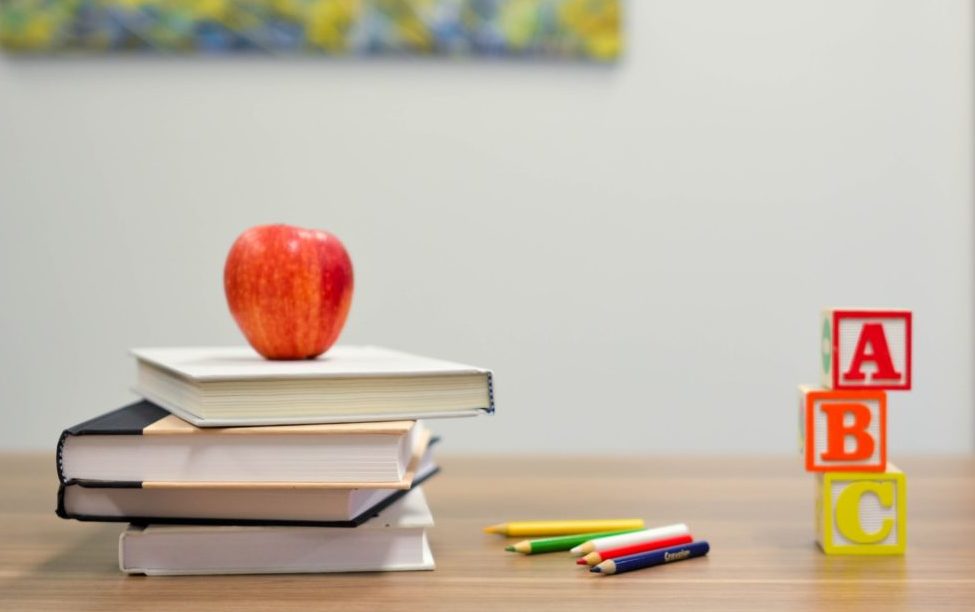
4. Plan an end-of-summer craft project. Our Maker Monday series offers dozens and dozens are of projects — some designed for younger kids, others for older kids — that you can do with items you likely have around the house. Have kids help choose a project they want to do and then ask them to help assemble the supplies. Then, as they’re doing the project, you can talk about how fun it will be to get back into a classroom and do creative projects there.
Kids who are busy with a craft project may be more likely to open up, so this might be a great moment to ask what your child is excited about (and perhaps a bit nervous about) ahead of the first day of school.
5. Encourage kids to tell their own story. Here’s a wonderful way to get kids thinking, drawing and writing as they get ready for school this year: Use one of Kidsburgh’s free storytelling templates.
- Our Fun Facts About Me storytelling template (print or download right here) gives young kids space to draw a self-portrait and answer fun questions about themselves. Once kids are finished, you might even want to bring the page with you on the first day of school to share with your child’s teacher. (And if you wish, you’re welcome to email a scan or photo of the finished page to us here at Kidsburgh — we’d love to publish some of these!)
- Our basic Question/Answer template (print or download right here) lets you pose a question to your child. It can be something like “What was the best thing that happened this summer?” or “What do you hope you learn about this year at school?” or something like “What do you think the world will be like in 20 years?” (You can also have siblings or friends pose questions to each other, or let a child choose their own questions to write about.) Here’s how the template works: Write the question in the top box and then let your child run wild. Depending on their age, they can write a story or draw pictures, or do a mix of both. And they don’t have to stick to just one page. You can staple additional blank or lined pages to the back of this single-page template. Or you can staple multiple copies of the template together to ask your child a range of questions.
Whatever your child writes or draws about, these templates are a starting point for using their imaginations and working on writing and thinking skills.
